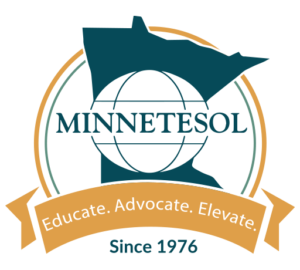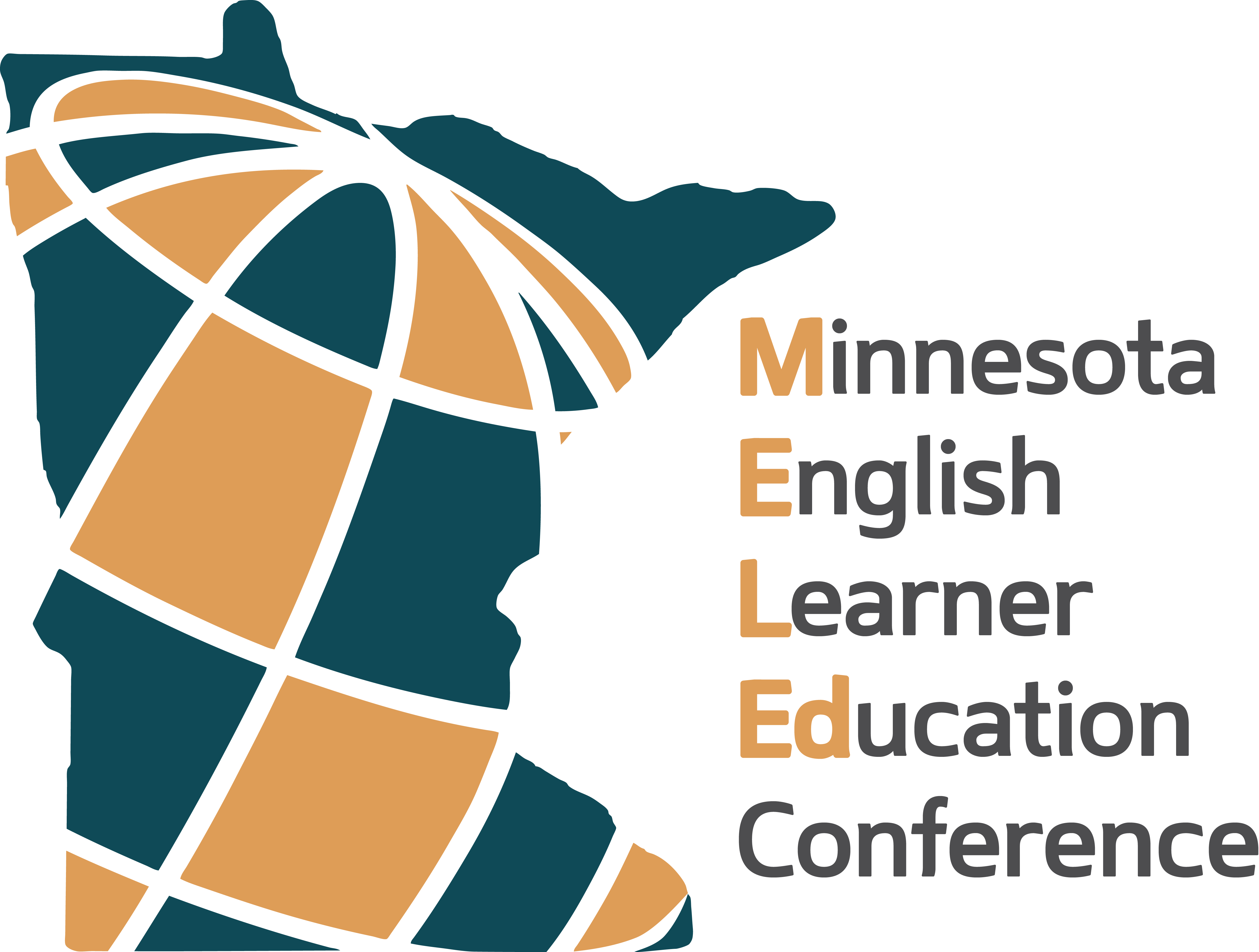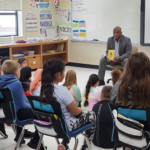Suzanne Gilchrist McCurdy
“Teaching Adult English Language Learners: A Practical Introduction,” Betsy Parrish’s long-awaited 2nd edition to her 2004 textbook. 388 pages, paperback, $39.00.
Key words: English as a second language, adult education, teacher preparation, textbooks
Many adult ESL practitioners have a copy of Betsy Parrish’s first book, Teaching Adult ESL (2004). It’s probably well-used. Mine is. It accompanied me through my time as a graduate student, then as a teacher, and now as a teacher educator, always giving me practical, concrete advice for the classroom. In many ways, however, the field of adult ESL is unrecognizable from what it was 15 years ago. We have advanced at a rapid pace to a more professionalized, standards-based field. We have widened our curricular focus significantly from one of local survival skills to a much broader frame, including career and college readiness skills, the navigation of digital spaces, and meaningful community involvement. Adult ESL providers have expanded options for delivering instruction, including distance education and blended learning. We have much more access to resources and to our global colleagues than we ever have, further enriching and broadening our understanding of adult ESL. With this forward movement we need a new book, and we have it in the much anticipated 2nd edition of Parrish’s book: Teaching Adult English Language Learners: A Practical Introduction (2019).
The book is divided into an introduction and ten chapters. Chapter 1 introduces the reader to the multifaceted field of adult ESL, including the diversity in the learner population with regard to background, level, strengths and needs, as well as the variety of organizational contexts in which an adult ESL practitioner may find themselves. Chapter 2 offers a solid and accessible introduction to the history of second language acquisition methodologies, key theorists, and their influence on current research-based teaching principles. Chapter 3 explores how to combine rigorous, integrated-skill instruction with meaningful and student-centered teaching principles. Theory is made practical in Chapters 4-5 as Parrish guides the reader through the development and classroom application of contextualized practice activities using examples from real classrooms representing levels across the spectrum. Chapters 6-7 lead the reader through lesson planning, creating principled and inclusive learning environments, and managing the complexity of multilevel groups. Parrish fully updated Chapter 8, which prepares readers to select, adapt, and supplement materials and resources for a variety of contexts, including digital tools. The wide variety of assessment types and their purposes are addressed in Chapter 9, from classroom-based and authentic assessment to standardized tests, as well as teacher self-assessment and opportunities for professional growth. Chapter 10 on standards and accountability is completely revised and includes current frameworks from different parts of the globe.
Much of what made the previous edition such an accessible resource for new teachers and a mainstay in teacher education classrooms remains in this volume. Parrish grounds each section with a pre-reading task, inviting the reader to reflect on their own experiences and knowledge before diving into the content. Theoretical content and teaching principles are made accessible through vignettes, testimonials, and activity ideas that Parrish draws from her own experience and from practitioners around the world. Each chapter ends with thoughtful activities which allow the practitioner to apply their learning to their teaching context.
Although the second edition retains the same structure and voice of the earlier volume, much of the content has been adjusted or completely revised in response to shifts in adult education requirements and wider societal changes of the past 15 years. One such change woven through each chapter is Parrish’s ongoing argument for increased rigor and the importance of exercising learners’ critical thinking skills at all levels of instruction. Especially helpful in this regard are the classroom activity examples throughout the book in which Parrish explicitly identifies how to integrate these components into new or already existing materials.
Parrish’s focus on rigor and critical thinking goes hand-in-hand with the adult ESL field’s shift to standards-based curricula. National-level standards are a reality in many adult ESL settings across the world. New and experienced practitioners will find reassurance in Chapter 10 that these standards need not be at odds with a learner-centered approach. To this end, Parrish walks the reader through a series of tasks, using samples from the content standards frameworks of the U.S., Canada, Australia, and the U.K. These tasks systematically ask the reader to unpack not only how standards address college and career readiness, but also how they overlap with life-skills and unique learner needs, illustrating that even learner-generated materials can be used to target the standards. At first blush, standards are daunting. Parrish’s approach gives practitioners across the globe the tools they need to feel confident navigating a standards framework while addressing learner needs.
The ability to navigate digital spaces has become as much of a necessity for learner success as print literacy, expanding and reshaping what it means to integrate technology into curricula. Parrish acknowledges this shift in a fully updated and expanded section dedicated to digital learning in Chapter 8. Drawing from the expertise of current teacher educators, practitioners, and researchers, Parrish encourages teachers to help learners build toward digital competence, teaching skills with transferability from one digital space to another. Parrish presents several examples of integrating digital literacy into language learning at all levels, in and outside of class.
This book will appeal to multiple audiences. Adult ESL teacher educators and their students will find it a valuable core text for ESL methods, TEFL/TESL certificate, or ESL continuing education courses. Adult education professional development programs can guide professional learning and discussions using tasks and reflections found in the text. It would also be valuable to a new or practicing teacher as independent study—the tasks and reflections are designed to be used by readers in vastly different contexts. Readers will appreciate the end of chapter recommended resources for more in-depth reading. Parrish’s engagement with and in support of teachers does not end with the book. With a nod to the power of the internet for disseminating new information, and cognizant of how rapidly web resources change, Cambridge.org makes available lists of free online resources for each chapter, which are updated regularly by Parrish herself. You need to create a Cambridge account, but it is free with the choice to opt out of email notifications from the publisher.
As a teacher educator, Teaching Adult English Language Learners: A Practical Introduction is akin to having Parrish as a co-teacher in the classroom. For my current students, teachers in training, the book serves as a mentor. For those already in the ESL classroom, it will be a trusted colleague. My personal copy of the second edition has already become a dog-eared book; erupting with sticky-notes and sporting pages bright with the neon color of a highlighter. True signs of a book that gives practical, timely advice every time you need it.
References
Parrish, B. (2004). Teaching adult ESL: A practical introduction. New York, NY: McGraw-Hill.
Parrish, B. (2019). Teaching adult English language learners: A practical introduction (2nd ed.). Cambridge, U.K.: Cambridge University Press.











